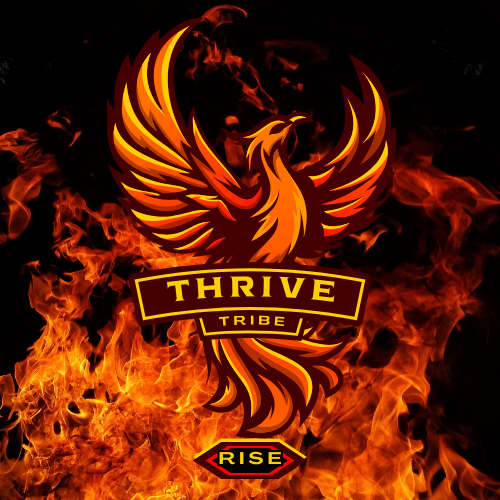A balanced strength training routine can help build muscle strength while also maintaining overall physical wellness. It’s not just about lifting weights; it’s about ensuring your body becomes more resilient and less prone to injury.
Why is balance key? It means not just focusing on one area but giving attention to all major muscle groups—chest, back, arms, core, and legs. Strengthening them evenly sort of acts like a safety net, keeping your body’s structure sound and performance top-notch.
Checking your fitness level before jumping into a routine is like testing the waters. It helps set realistic goals and understand your limits. Are you just starting out, or have you been at it awhile? That knowledge makes tailoring a workout plan way more effective.
Core muscle groups—those guys are the real heroes. They’re crucial in stabilizing your body, improving posture, and enhancing mobility. Plus, they’re like the bridge linking your upper and lower body’s power.
A quick self-assessment might save you some headaches later. Think about your current physical condition. Is there a particular area you’re more focused on? Identifying strengths and weaknesses beforehand makes all the difference in building that solid foundation.
Designing Your Personalized Strength Training Routine
Creating a strength training schedule doesn’t have to be overwhelming. The idea is to tailor it to fit your goals and lifestyle. Start by setting realistic goals. What do you want to achieve? Increased muscle tone, better endurance, more strength? Knowing your target gives direction.
Mixing it up with a variety of exercises stops things from getting stale and keeps your muscles guessing. It’s like a buffet for your body. Throw in some squats, deadlifts, push-ups, or planks. Each brings something unique to the table, making for a more effective session.
Consistency matters but so does listening to your body. Aim to work out about three to four times a week. You need to find that sweet spot between pushing yourself and giving your muscles time to recover and grow.
Rest isn’t just for the lazy. It’s during downtime that muscles actually rebuild and get stronger. Incorporating rest days and ensuring you’re getting enough sleep helps stave off burnout and reduces risk of injury, letting you come back stronger the next session.
Plan for progress. As you get stronger, gradually increase weights or reps. This doesn’t just build muscle; it boosts confidence and keeps you from hitting that dreaded plateau. Keep track of your progress in a journal or an app. It’s motivating to see how far you’ve come and gives you data on what works or needs tweaking.
Strengthening Exercises to Target Lower Back Pain and Hip Flexors
When it comes to lower back pain, strengthening the right muscles can make all the difference. Often, pain comes from not enough support for your spine, and that’s where hip flexors step in. They’re like the stabilizers keeping your spine in check.
Hip flexors, located at the front of your hip, play a big role in keeping your lower back happy. When they’re weak or tight, it can lead to discomfort or pain. Introducing some specific exercises into your routine can help sort this out.
Consider adding exercises like lunges and bridges to strengthen those hip flexors. These moves engage your core and lower back too, giving more bang for your buck. They’re simple but effective when done regularly, even from the comfort of your own home.
For those who struggle with mobility or are just starting, modification is key. Don’t jump into something that feels too much, too soon. Start with easier versions of exercises. For instance, a kneeling lunge might be more your speed before moving to full lunges. You’ll build strength gradually without overdoing it.
Keep in mind, form is everything. Performing an exercise the right way ensures you’re getting all the benefits while minimizing risk. You might not need instant perfection, but aiming for correct form means more effective workouts in the long run.
Pro tips can also be a game changer. Chatting with a trainer or doing some research online can give insights into perfecting your form, selecting the right exercises, and finding what fits best for your needs.
